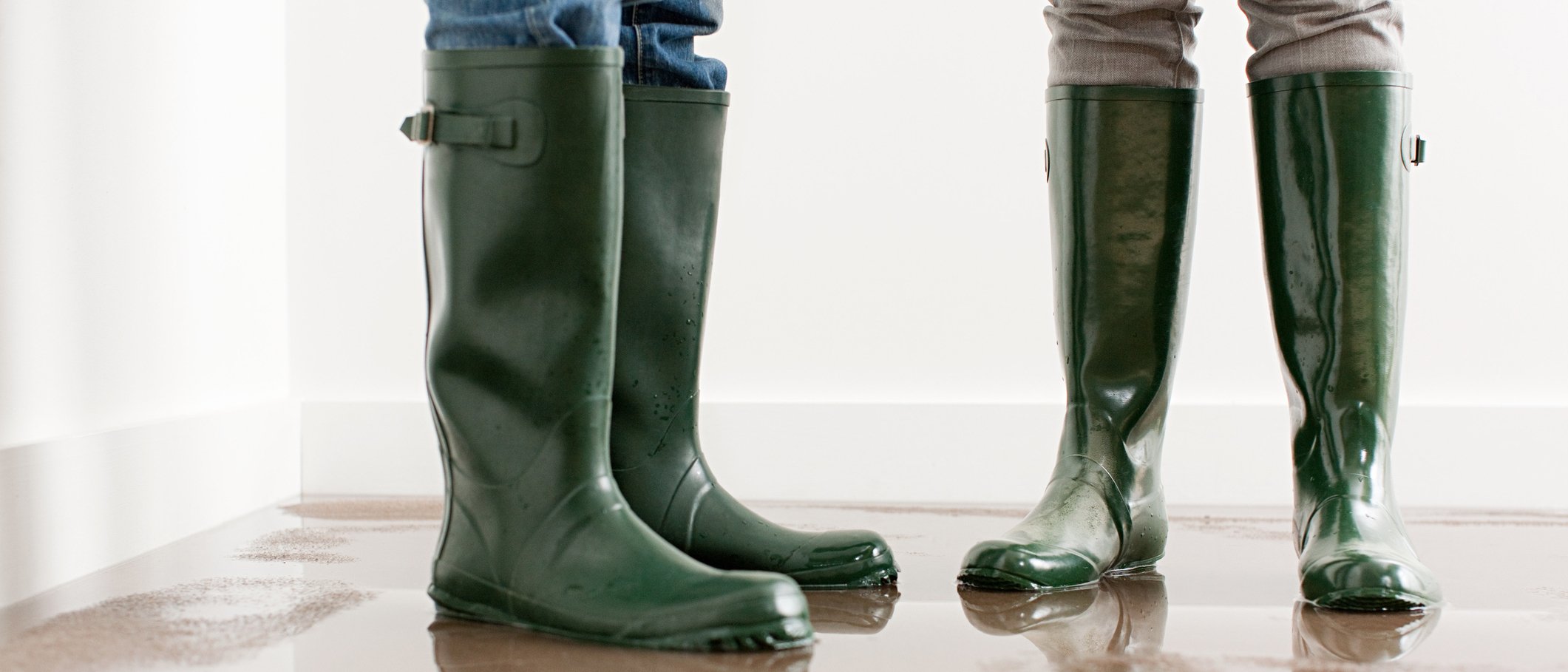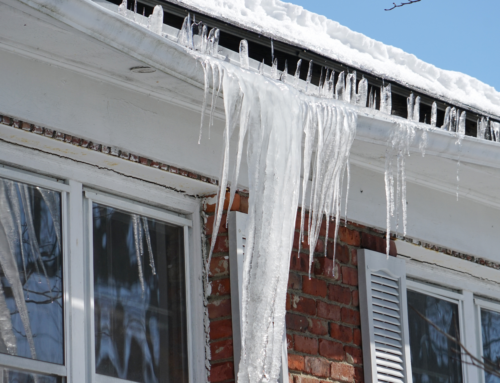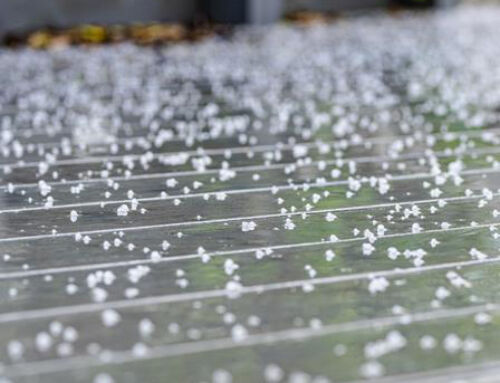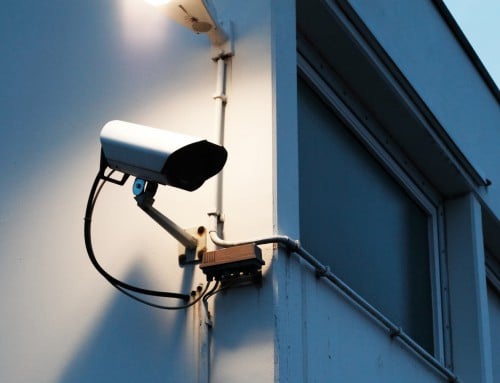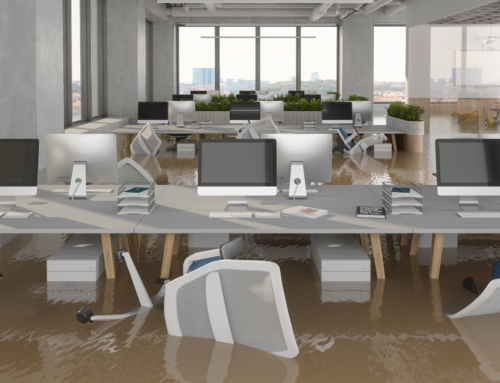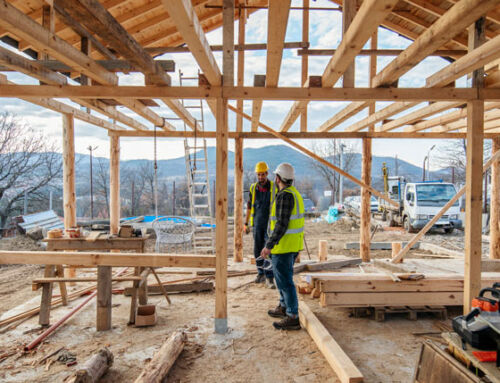When you’re operating a business, you’ve got enough to worry about, like your bottom line, employees, and daily housekeeping tasks. The last thing you want is to discover water pouring into your building or seeping into your roof.
Water damage can be caused by a number of things, ranging from flooding to ice damming. Ice dams are ridges of ice that form at the edge of a roof and can lead to melting snow leaking into a building, causing damage to walls, ceilings, and insulation.
Floods are a particularly big concern in the winter and spring months. During the winter, most of the precipitation is stored as snow or ice on the ground. Once the weather warms in the spring or during sudden winter thaws, large quantities of water are released.
The average cost of flood damage restoration is between 2,000 to 6,000 dollars, depending on the type of flood. That’s why it’s important for you to know what causes flooding and the steps that you should take to mitigate the risks.
What can cause flooding?
Two common causes of flooding are drainage failure, which allows storm or ground water to seep into the property, and sewer backup.
The first scenario, drainage failure, can happen for a number of reasons. Some of these reasons can include:
- Improper floor or wall sealing: If there’s improper sealing in your floor or wall during the construction of your property, it can allow water to seep into your building during heavy rainfall or snowfall.
- Cracks in your floor or walls: Cracks are not uncommon in older buildings, and they can easily allow water to enter your property.
- Weeping tile failure: Many properties have a weeping tile system integrated into the foundation to help with underground water drainage. If that system fails, the chances of a flood increase significantly.
- Sump pump failure: If you have a sump pump (which is used to collect and remove rain or ground water that accumulates in the basement of a property) and it fails, the water could continue to build up which could result in flooding.
- Blocked or broken eavestroughs: Water that should be running off your roof could instead permeate downwards and flood your building if your eavestroughs are broken.
The second reason for flooding is sewer backup. This can occur for a variety of reasons:
- Clogs: Sewer backups are most commonly caused by a clog in the sewer system. Generally, if only one toilet or sink is affected, the clog is inside that particular drain, but if there’s a backup every time you flush or use any sink, the clog is likely in your main sewer line.
- Tree roots: Damage to pipes, or holes in pipes, can be caused by tree roots. The tree roots may have grown into the pipes or wrapped themselves around the pipe and crushed it.
- Broken or collapsed pipes: Nowadays, plastic pipes are the industry standard, but older homes may have cast iron piping and are especially at risk of breaking or collapsing (especially in the winter).
Fortunately, there are a number of ways to protect your building to help ensure that you don’t experience any flooding or water damage this season.
What can you do to help prevent water damage?
Protection against water damage can take place both inside and outside of your property. Let’s start with what you can do outside:
- Seal off your building: Cracks in walls, windows, floors, and foundations can let water in, so waterproofing sealant should be applied as needed.
- Snow removal: Clear away snow from around your building’s foundation (especially near window wells), so that you can better protect your building against that water buildup when it melts. You’ll also want to clear excess snow off your roof, so it doesn’t melt and drip near your foundation. Hiring a professional service for this task may be best, as it can be dangerous. Plus, while they’re up there, they can clear your eavestroughs, too!
- Update your roof: Ice dams on the roof can melt and cause water damage, too. It’s a good idea to install an ice and water shield membrane under the roof covering at least six feet from the eavestrough line.
- Landscaping: In order to divert water away from the building, proper landscaping plays a critical role. But it must be done before the winter. That way, when the water starts to flow in the spring, it’s away from your building’s foundation.
- Clear catch basins: To facilitate drainage, snow, ice, and debris should be removed from catch basins, as they can build up during the winter.
- Clean your downspouts: Clearing out downspouts, just like you did your catch basins, is a good idea. Downspouts should also extend at least two meters away from your foundation.
- Use a pump: If you’re still finding that water is pooling near your foundation, it might be a good idea to rent a pump and drain it into a gutter.
After you’ve worked to protect the outside of your building from flooding, you may be thinking: “What can I do inside my building to protect against flooding?” Here are some tips:
- Seal off the inside, too: Just like you did with the outside, it’s important to make sure that cracks in walls inside the house are fixed.
- Remember to check upstairs: To mitigate the risk of ice dams, have your roof inspected to ensure the attic is well-ventilated. Also, check that the attic is properly insulated to minimize the amount of heat rising from the house, potentially causing snow to melt. Refer to our winter roof inspection guide for more helpful information.
- Check your plumbing system: Be sure to have your plumbing system checked to ensure it’s in proper working order. Consulting a professional is recommended. During the winter, if you’re away for more than three days, drain the plumbing system or arrange to have someone come in daily and check that your heating system is still on.
- Keep your pipes clear: To prevent backups from happening in the first place, try to keep your pipes clear. That means avoiding flushing trash down the toilet or pouring any fats or oil down the drain. If you have done any of these things previously, consider calling a plumber to help remove debris from your pipes.
- Consider getting a backwater valve or sump pump: While these solutions can be more time consuming and costly, they are well worth it if you’re having trouble with flooding. Sump pumps collect water that accumulates around your business, while backwater valves can prevent sewers from backing up into your basement.
- Be ready for a power outage: There’s no point in having a sump pump if you have no way of keeping it running when the power goes out. Consider getting a backup power source for those winter blackouts.
Ensure your property is protected with business insurance
By implementing some of these key tips, you can rest easy knowing you’ve done what you can to protect your business. However, no matter how much you prepare, a flood can still happen in your building. To learn more about how a tailored insurance policy can help protect you, your employees, and your building, visit our commercial property insurance page today.
This blog is provided for information only and is not a substitute for professional advice. We make no representations or warranties regarding the accuracy or completeness of the information and will not be responsible for any loss arising out of reliance on the information.
